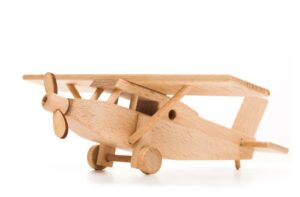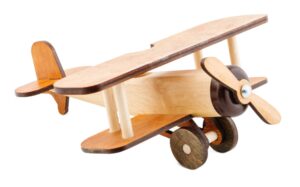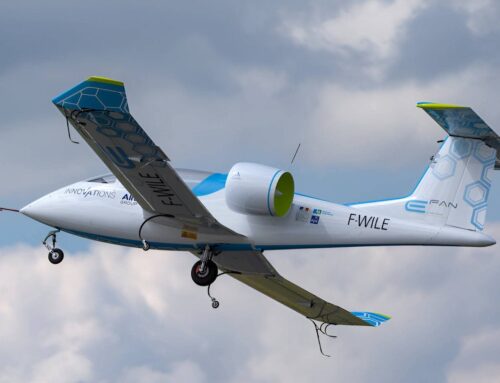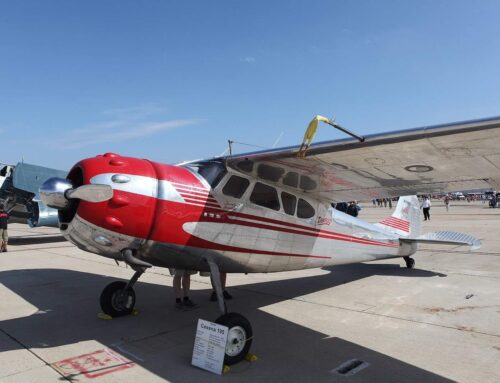Wooden airplane models have long held a special place in the hearts of aviation enthusiasts and collectors. The unique blend of craftsmanship, nostalgia, and aesthetic appeal makes them stand out in the world of aviation memorabilia. In this article, we’ll delve into the purpose of wooden airplane models, explore the advantages of these timeless creations, and understand why planes were historically made of wood.
The Purpose of a Wood Plane
Capturing the Essence
The purpose of a wooden airplane model extends far beyond being a simple decorative item. These models serve as intricate representations of real aircraft, capturing the essence of aviation history and innovation. Wooden models are often used for educational purposes, allowing enthusiasts to study and understand the design, structure, and details of different aircraft. The tactile experience of handling a wooden model brings a tangible connection to the world of aviation, making it an invaluable tool for learning and appreciation.
Advantages of Wooden Aircraft
1. Lightweight and Maneuverable
One of the key advantages of wooden aircraft, mirrored in wooden airplane models, is their lightweight nature. Wood is inherently lighter than many other materials used in model construction, allowing for increased maneuverability and ease of handling. This characteristic makes wooden models ideal for enthusiasts who appreciate the ability to examine and display their collection with minimal effort.
2. Aesthetic Appeal and Craftsmanship
Wooden airplane models exude a timeless aesthetic appeal that sets them apart. The warmth and elegance of wood, combined with meticulous craftsmanship, result in models that are not just replicas but works of art. Enthusiasts often choose wooden models for their display cabinets, appreciating the intricate detailing and the classic charm that wooden construction brings to the world of aviation memorabilia.
Why Were Planes Made of Wood?
A Glimpse into Aviation History
Historically, planes were made of wood due to a combination of factors. During the early days of aviation, wood was readily available and lightweight, making it an attractive choice for constructing aircraft. The inherent strength of certain wood types, such as spruce and birch, contributed to the structural integrity of planes. Additionally, the flexibility of wood allowed for innovative and complex designs, essential for achieving the desired aerodynamics.
As technology progressed, metals like aluminum became more prevalent in aircraft construction due to their durability and strength. However, the legacy of wooden aircraft remains, and today, wooden airplane models pay homage to this era of aviation history.
Introducing ModelWorks Direct: Crafting Aviation Excellence
Amidst the world of wooden airplane models, ModelWorks Direct stands out as a beacon of craftsmanship. They specialize in creating customized wooden airplane models with meticulous attention to detail. Whether you have a specific aircraft in mind or want a replica of a vintage model, ModelWorks Direct brings your vision to life. Their commitment to quality and passion for aviation is evident in each handcrafted model they produce.
To explore our collection of customized wooden airplane models, visit ModelWorks Direct.
Conclusion: Elevating Your Aviation Collection
In conclusion, the allure of wooden airplane models lies not just in their aesthetic appeal but in their ability to capture the spirit of aviation. From their purpose in education to the advantages of craftsmanship and historical significance, wooden airplane models offer a unique way to connect with the world of flight.
For enthusiasts seeking to elevate their aviation collection, ModelWorks Direct provides a gateway to aviation excellence. With their dedication to precision and a vast array of customization options, ModelWorks Direct ensures that each wooden airplane model is a testament to the beauty and grandeur of aviation history.




